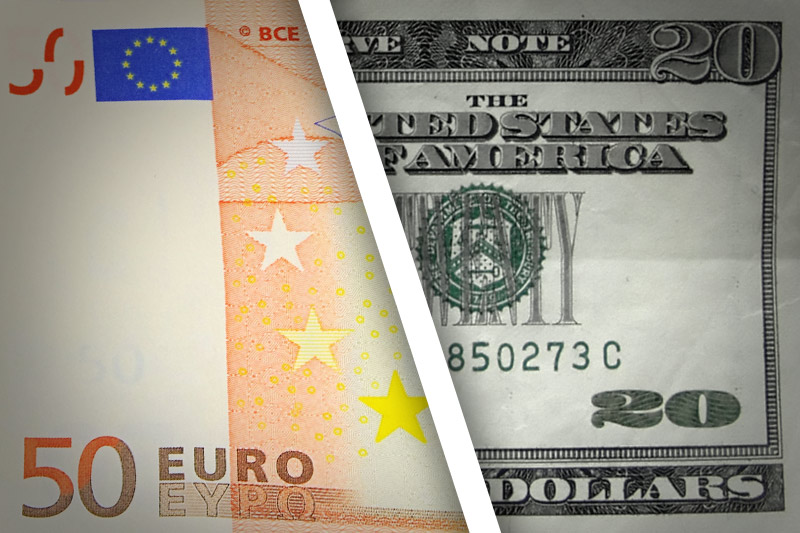Investing.com -- EUR/USD fell sharply on Friday, as the dollar continued its rally from 9-month lows amid an unexpected surge in U.S. consumer sentiment.
The currency pair traded in a broad range between 1.1283 and 1.1379, before settling at 1.1313, down 0.0061 or 0.56% on the session. At session-lows, the euro fell below 1.13 against the dollar for the first time in the month of May. The euro has now closed lower versus the dollar in eight of the last nine sessions. Despite the recent downturn, the euro is still up against American counterpart by more than 4% since the start of the year.
EUR/USD likely gained support at 1.0538, the low from December 3 and was met with resistance at 1.1496, the high from Oct. 15.
On Friday morning, the University of Michigan's Consumer Survey Center said its Consumer Sentiment Index soared nearly seven points in its mid-May flash reading to 95.8, significantly above consensus expectations of 89.7. It came weeks after consumer sentiment slumped to 89.0 in the final April reading, dropping to its lowest level since last September. In the May reading, though, the expectations component surged nearly 10 points to 87.5, pulling up the general index. Over the last year, the sluggish expectations component has dragged down consumer sentiments overall.
Earlier on Friday, the U.S. Census Bureau said retail sales last month jumped by 1.3%, above consensus expectations of 0.9%, rebounding from a 0.3% decline in March. The overall reading received a lift from auto sales, which surged 3.2% on the month. Still, core retail sales, which discounted the effects of auto purchases, increased by 0.8% above analysts' forecasts for gains of 0.5%.
Investors also continued to react to a letter from Federal Reserve chair Janet Yellen to a member of the House Financial Services Committee on Thursday afternoon regarding the Fed's remote possibility likelihood of adopting a negative interest rate policy in the near future. In the letter addressed to Rep. Brad Sherman, Yellen said the Fed would not rule out the possibility of lowering rates into negative territory if an extremely adverse scenario arises in the coming months. Over the Federal Open Market Committee's (FOMC) first three meetings of 2016, the U.S. central bank has held its benchmark interest rate steady while central banks in Japan and the euro area have adopted negative interest rate regimes.
Market players also reacted to a flattening in the yield curve between short-term U.S. 2-Year Treasuries and longer-term 10-Year government bonds in Friday's session. At session-highs, the 2-year surged to 0.786%, its highest level in 10 days. Around the same time, government bond yields on the 10-year fell to a one-month low at 1.705%. A flattening of the yield curve typically sends indications of a slowdown in short-term economic activity.
In the euro area, Eurostat said on Friday morning that second quarter GDP in the zone is growing at a rate of 1.5% on an annual basis, slightly below analysts' forecasts of 1.6%. On a quarterly basis, second quarter growth is up by 0.5%, just below expectations of 0.6%.
The U.S. Dollar Index, which measures the strength of the greenback versus a basket of six other major currencies, jumped more than 0.65% to an intraday-high of 94.71, before settling at 94.60. The index is still down more than 4% since early-December.
